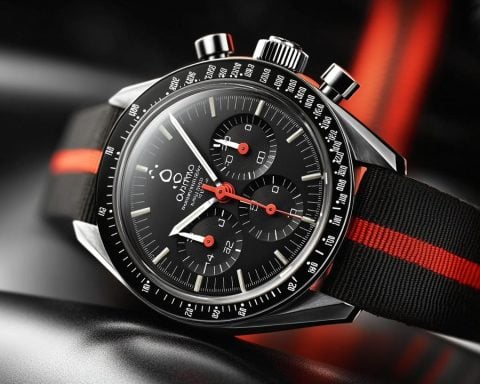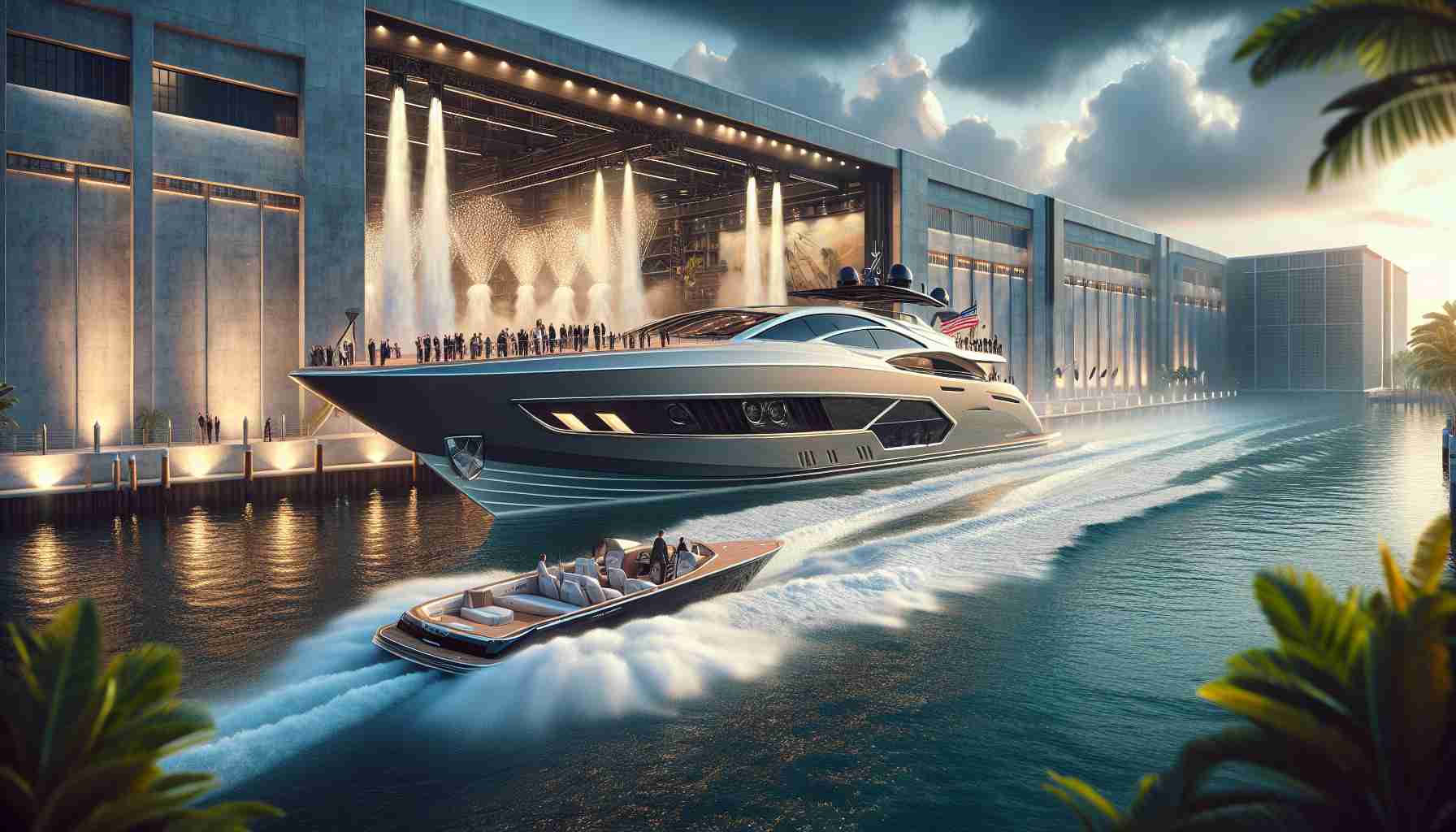In a world increasingly dominated by electric vehicles, some sectors are gasping for survival rather than riding the wave of success. While Tesla continues to dominate electric car sales, the electric motorcycle market is faltering. Recent developments paint a bleak picture, as several prominent names in the industry find themselves in dire straits.
Fuell, co-founded by renowned motorcycle designer Erik Buell, is among the latest to crumble. Despite initial promises and over $1.5 million in crowdfunding for its innovative bikes, Fuell has filed for Chapter 7 bankruptcy. The endeavor, which aimed to introduce a groundbreaking electric motorcycle, couldn’t overcome the financial hurdles tied to production and distribution challenges.
Unfortunately, Fuell’s demise isn’t an isolated incident. Other brands are also feeling the heat as Energica and Sondors face similar financial downfalls. Meanwhile, established players like Zero Motorcycles are urgently seeking additional funding to stay afloat. Industry insiders who previously observed these struggles might be taken aback by the extent of the crisis.
While electric cars soar in popularity, electric motorcycles are not experiencing the same acceptance. With several brands shuttering operations and others battling financial instability, the future of electric motorcycles seems uncertain.
The challenges these companies face reflect broader industry issues, from high production costs to lukewarm consumer interest. As the landscape shifts, only time will reveal whether new strategies or innovations can revive the ailing sector and secure a foothold in an increasingly electric future.
The Shocking Downturn of Electric Motorcycles: What’s Really Happening?
The electric motorcycle industry is at a crossroads, grappling with challenges that impact not only businesses but also the way we envision sustainable transportation in urban and rural areas alike. As the sector struggles, it’s crucial to understand the nuances that have led to its current predicament and the broader implications for society.
Why Are Electric Motorcycles Failing to Take Off?
As electric cars become more commonplace, one may wonder why their two-wheeled counterparts are struggling. A major factor is consumer perception and demand. Unlike electric cars, which benefit from widespread consumer endorsement and governmental incentives, electric motorcycles face skepticism regarding their practicality. Range anxiety, limited charging infrastructure, and higher costs compared to traditional motorcycles are contributing to tepid market interest.
Impact on Communities and Urban Mobility
Electric motorcycles were initially poised to revolutionize urban mobility, offering a compact, quiet, and emissions-free alternative to conventional vehicles. These attributes align with urban planners’ visions for reducing traffic congestion and air pollution. The downturn in the electric motorcycle market dampens these prospects, as these vehicles could dramatically cut emissions in densely populated areas.
Interesting Facts and Controversies
Did you know that despite their setbacks, electric motorcycles boast a significant environmental advantage over their gasoline-powered counterparts with zero tailpipe emissions? Yet controversies abound. Some believe the industry’s struggles are self-inflicted, pointing to a lack of innovation and product differentiation. Others argue the issue stems from insufficient charging infrastructure, which deters potential buyers who worry about running out of power mid-commute.
The Global Economic Influence
The financial instability of electric motorcycle companies not only affects individual businesses but also has a wider economic impact. It influences jobs, investor confidence, and technological advancement. Countries with aggressive green energy policies might reconsider their strategies if significant sectors within the electric vehicle market continue to flounder.
Advantages and Disadvantages
Advantages:
– Environmental Benefits: Reduction in air and noise pollution.
– Innovation Potential: Electric motorcycles can drive technological advancements if given proper support.
Disadvantages:
– High Initial Costs: Prohibitively expensive for the average consumer.
– Limited Infrastructure: Sparse charging options limit their practicality in many regions.
Future Considerations: Can Innovation Save the Day?
With the electric motorcycle industry teetering on the brink, the question arises: Can innovation rescue it? Creating more affordable models, enhancing battery range, and expanding charging networks could revitalize the sector. The involvement of tech giants and partnerships with automotive leaders might also provide the necessary impetus for a turnaround.
Are these challenges unique to motorcycles, or are they indicative of a broader trend in the electric vehicle market? How will continued advancements in battery technology influence their future viability?
For those interested in the evolving landscape of electric vehicles, exploring resources from established leaders in the field may provide deeper insights into potential solutions: Tesla, Zero Motorcycles.
In conclusion, the fate of electric motorcycles hangs in the balance. With the right innovations and strategic shifts, the sector could still become a vital component of cleaner, more sustainable urban mobility.
The article has been updated. 2024-11-08 19:22
Here are some suggested related links for your post titled “The Hidden Struggles of the Electric Motorcycle Revolution”:
1. Motorcycle.com – A leading source for motorcycle news, reviews, and industry insights, covering various aspects of the motorcycle world including electric models.
2. Electrek – A website dedicated to electric vehicles and sustainable energy, featuring news and analysis on electric motorcycles and their impact on the market.
3. RideApart – An online platform that provides detailed articles and opinions on motorcycle culture, gear, and innovations, including electric motorcycle developments.
4. Visordown – A comprehensive motorcycle magazine that discusses the latest models, trends, and challenges in the motorcycle industry, with special coverage on electric options.
5. Motorcycle News – A well-respected publication offering news, reviews, and insights into all aspects of motorcycling, highlighting the evolution of electric motorcycles.
6. Cycle World – This magazine features extensive coverage on motorcycle technology and trends, including electric motorcycles and their ongoing development.
7. Harley-Davidson – The iconic motorcycle manufacturer which is shifting toward electric models; their site offers insights into their electric motorcycle strategies and products.
8. Electric Motorcycle Forum – An online community where enthusiasts discuss electric motorcycles, sharing experiences, advice, and the challenges faced in the transition to electric.
The article has been updated: 2024-11-09 09:30
What are some of the key challenges faced by the electric motorcycle industry as it seeks to gain mainstream acceptance?
The electric motorcycle industry faces several key challenges that hinder its growth and acceptance. Firstly, the limited range of electric motorcycles compared to their gasoline counterparts creates range anxiety for potential buyers. Many consumers worry about the availability of charging stations and the time it takes to recharge the batteries.
Additionally, the initial purchase price of electric motorcycles often exceeds that of traditional motorcycles, which can deter customers despite lower long-term operating costs.
There is also the challenge of consumer perception; many riders have biases towards traditional motorcycles regarding performance and maintenance.
Furthermore, the infrastructure for charging and maintenance is still developing, which can lead to further hesitancy among consumers. Finally, manufacturers face pressure to innovate rapidly while balancing environmental concerns, battery technology limitations, and production costs. Overcoming these obstacles will be crucial for the electric motorcycle revolution to flourish.






















